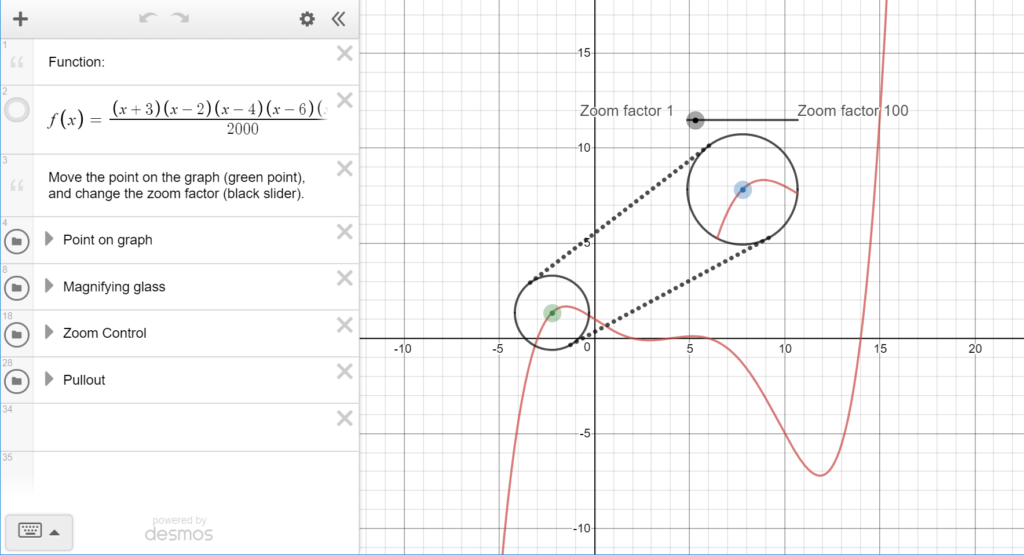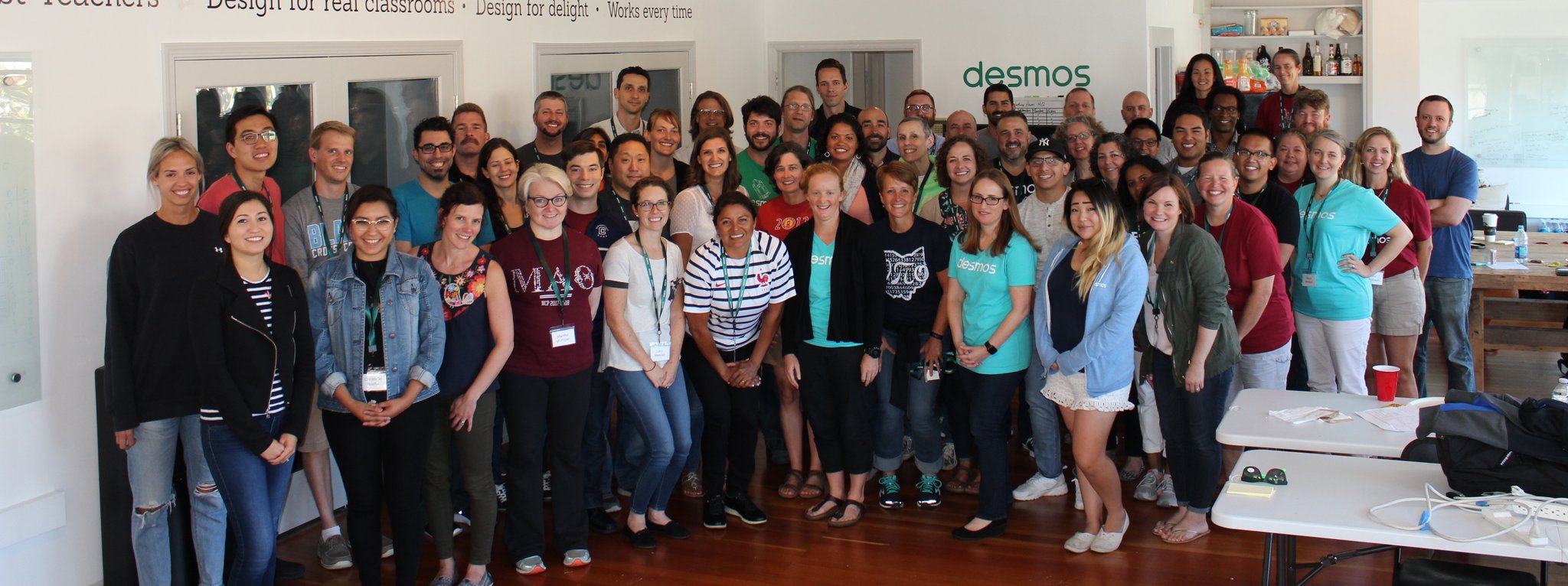 Here is a great dynamic bar graph that shows how the value of the largest companies of the world has changed since the year 2000. What do you think will come out on top by the end of 2018. But after seeing this video lead me to this site called Interbrand which is where they got the data. It has has all kinds of interactive graphs dealing with the popularity of brands. Thanks to @Robin_Grondin for pointing this one out.
Here is a great dynamic bar graph that shows how the value of the largest companies of the world has changed since the year 2000. What do you think will come out on top by the end of 2018. But after seeing this video lead me to this site called Interbrand which is where they got the data. It has has all kinds of interactive graphs dealing with the popularity of brands. Thanks to @Robin_Grondin for pointing this one out.Curriculum Tags: Gr7, Gr8, MDM4U, MBF3C
https://www.interbrand.com
https://www.youtube.com/watch?v=BQovQUga0VE
Resource Links
 It seems that I am getting caught up on @mathequalslove's blog this week. You can always count on her to create activities that take the standard worksheet and turns it on its head to make things more engaging for students. In this case it's a puzzle worksheet for trig identities.
It seems that I am getting caught up on @mathequalslove's blog this week. You can always count on her to create activities that take the standard worksheet and turns it on its head to make things more engaging for students. In this case it's a puzzle worksheet for trig identities.Curriculum Tags: MCR3U, MHF4U
https://mathequalslove.blogspot.com/2019/02/trig-identity-group-challenge-reciting.html
 This posts tackles the idea of dividing polynomials using long division or synthetic division but really it's about her activity to use box division using cards. She uses them in combination with her clear pockets to help students with this mechanical mathematical method.
This posts tackles the idea of dividing polynomials using long division or synthetic division but really it's about her activity to use box division using cards. She uses them in combination with her clear pockets to help students with this mechanical mathematical method.Curriculum Tags: MHF4U
https://mathequalslove.blogspot.com/2019/02/dividing-polynomials-puzzle-using-box.html
 In calculus we are always trying to conceptually convey what is happening when we are determining the derivative and finding the slope of the tangent. The main concept is that the slope of this curve is being measured using a straight line. That can be confusing to some students. To help that @DavidBulterUofA and @aknauft have built this Desmos sketch that "magnifies" any part to show that if you zoom in enough, any curve can be approximated as a straight line.
In calculus we are always trying to conceptually convey what is happening when we are determining the derivative and finding the slope of the tangent. The main concept is that the slope of this curve is being measured using a straight line. That can be confusing to some students. To help that @DavidBulterUofA and @aknauft have built this Desmos sketch that "magnifies" any part to show that if you zoom in enough, any curve can be approximated as a straight line.Curriculum Tags: MCV4U
https://blogs.adelaide.edu.au/maths-learning/2019/02/11/zooming-in-to-see-the-slope/
 In the latest @Numberphile podcast episode, you can hear the interview with @SimonSingh and among other things, he talks about his new website that gives weekly challenge problems to math students. Students and teachers can create accounts on the site so they can "Be challenged, get curious, do maths. Stretch your brain every week."
In the latest @Numberphile podcast episode, you can hear the interview with @SimonSingh and among other things, he talks about his new website that gives weekly challenge problems to math students. Students and teachers can create accounts on the site so they can "Be challenged, get curious, do maths. Stretch your brain every week."Curriculum Tags: All
https://parallel.org.uk/
Opinion Links
Curriculum Tags: All
http://www.marilynburnsmathblog.com/algorithms-are-not-enough/
Video/Audio Links
Any data management or statistics teacher needs to look at all types of data representations. Heat maps are a neat way to look at data on a gradient and if you can also connect that to lat/long data to map that out. Here's how to do it with CODAP
Curriculum Tags: MDM4U
https://www.youtube.com/watch?v=dB2or9FkPRk
 Here's a great interview with @JohnCUrshel a former NFL lineman turned MIT Ph.D math student.
Here's a great interview with @JohnCUrshel a former NFL lineman turned MIT Ph.D math student.Curriculum Tags: All
https://www.podcastone.com/episode/Whats-it-like-to-be-the-biggest-maths-geek-to-ever-play-in-the-NFL-the-big-questions
 A new book from @Standupmaths is about errors in engineering and other areas and what effects those errors were. Here's a brief interview with him about the book.
A new book from @Standupmaths is about errors in engineering and other areas and what effects those errors were. Here's a brief interview with him about the book.Curriculum Tags: All
https://www.bbc.co.uk/programmes/p07113q3
Curriculum Tags: All
http://makemathmoments.com/podcast/
 We've been busy at the @OAMEtalks podcast with a new episode from @FawnPNguyen and a couple of episodes of previews of featured speakers for OAME 2019 ( @LLB_315, @jboninducharme, @gfletchy, @eluberoff, @carloliwitter, @NatBanting, @stoodle & @samjshah2). We have one more OAME 2019 preview episode planned to come out on Monday (with @davidcampbell, @TracyZager & @JenniferWilson) and our last regular podcast of the season coming out March 1st with @MarkChubb.
We've been busy at the @OAMEtalks podcast with a new episode from @FawnPNguyen and a couple of episodes of previews of featured speakers for OAME 2019 ( @LLB_315, @jboninducharme, @gfletchy, @eluberoff, @carloliwitter, @NatBanting, @stoodle & @samjshah2). We have one more OAME 2019 preview episode planned to come out on Monday (with @davidcampbell, @TracyZager & @JenniferWilson) and our last regular podcast of the season coming out March 1st with @MarkChubb.Curriculum Tags: All
https://sites.google.com/oame.on.ca/oame-talks
Image Links
Use your math skills to solve these mathematical movie puzzles
Curriculum Tags: MCR3U, MHF4U, MCV4U
https://twitter.com/MrOrr_geek/status/1096378665456275457
Can you figure our the names of these movies? Let's see what you've got! pic.twitter.com/XA14AgOvgZ— Jon Orr (@MrOrr_geek) February 15, 2019
More mathart from @sumdumthum
Curriculum Tags: All
https://twitter.com/SumDumThum/status/985602602086760448
— Andrew Osborne (@SumDumThum) April 15, 2018
This is really a standard problem but the tweak of making it physical will help students engage more into the work.
Curriculum Tags: MPM2D, MFM2P
https://twitter.com/MrOrr_geek/status/1097979314077908992
Teach Through TASK! Some groups determined rope length and some groups found floor length! Some used similar triangle and some used the primary ratios. What tasks are you teaching through this week? #iTeachmath pic.twitter.com/9jlnVBKATe— Jon Orr (@MrOrr_geek) February 19, 2019











